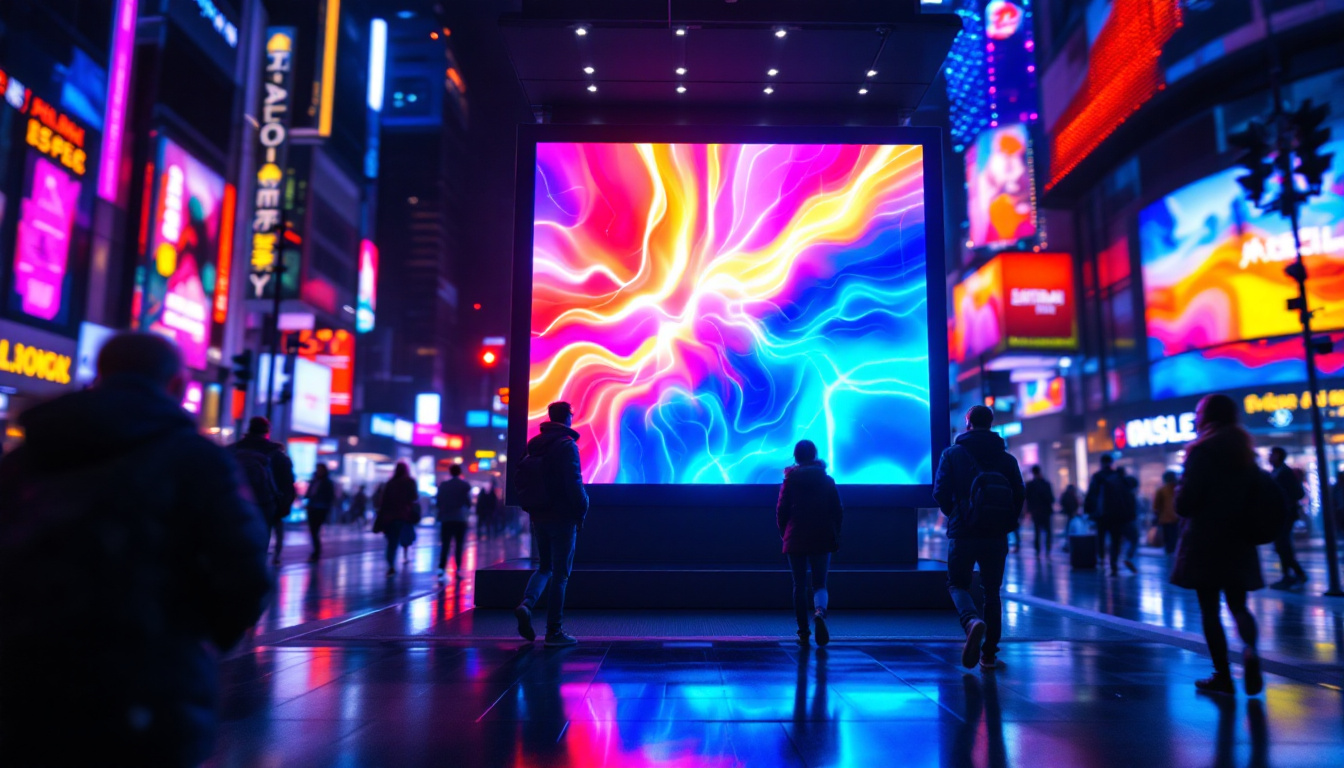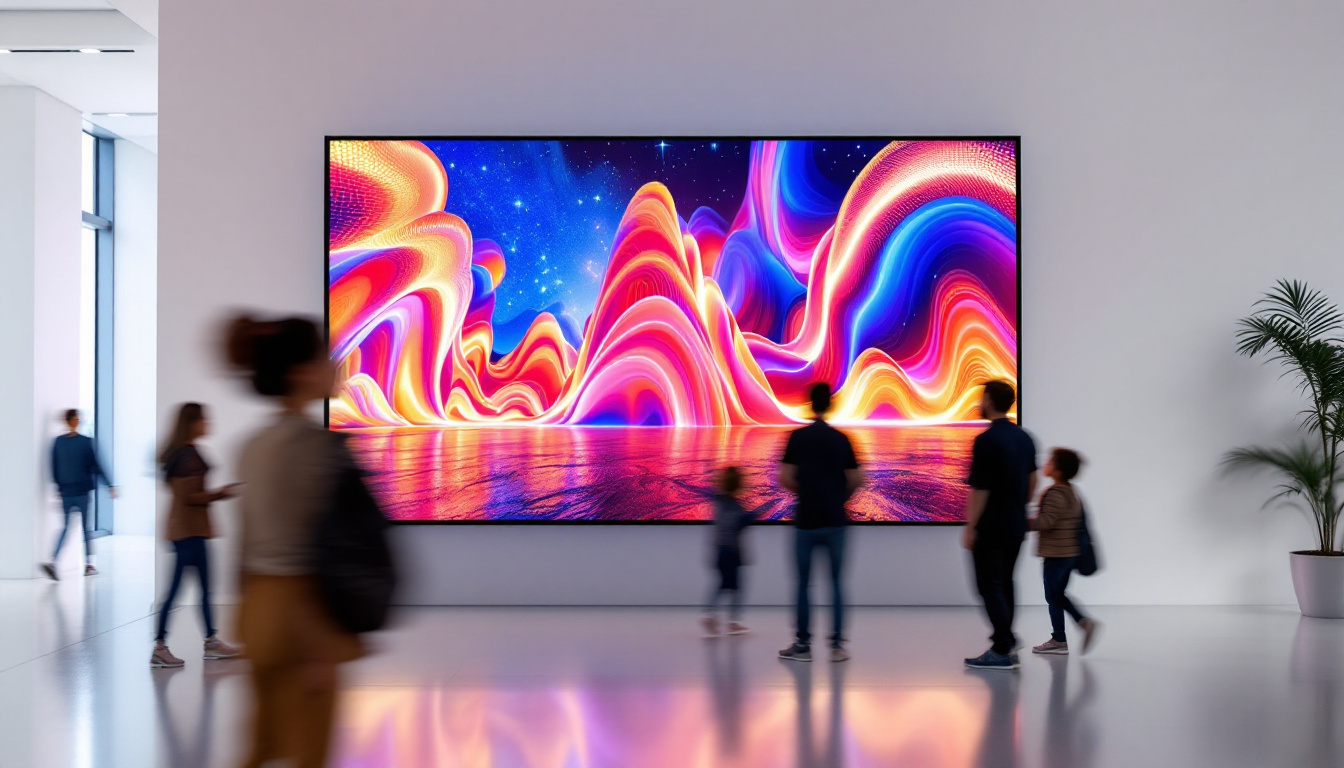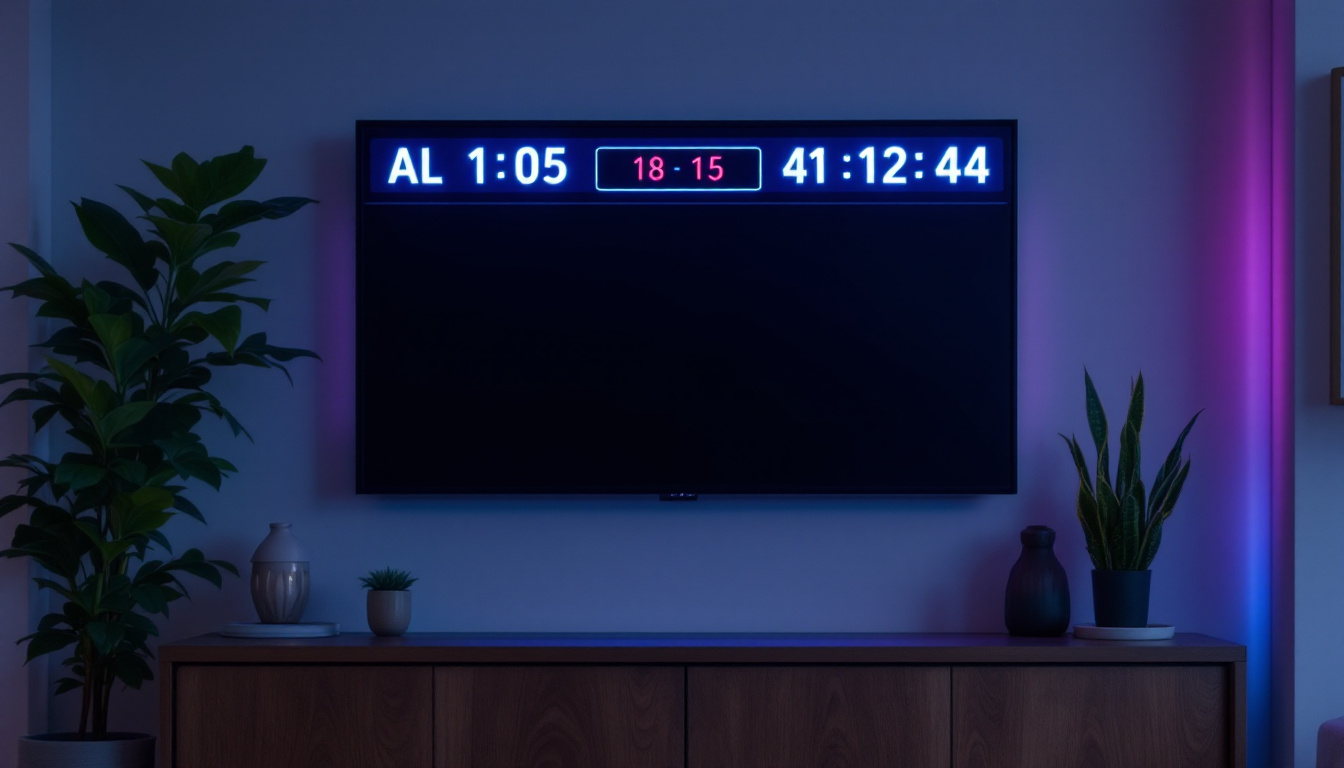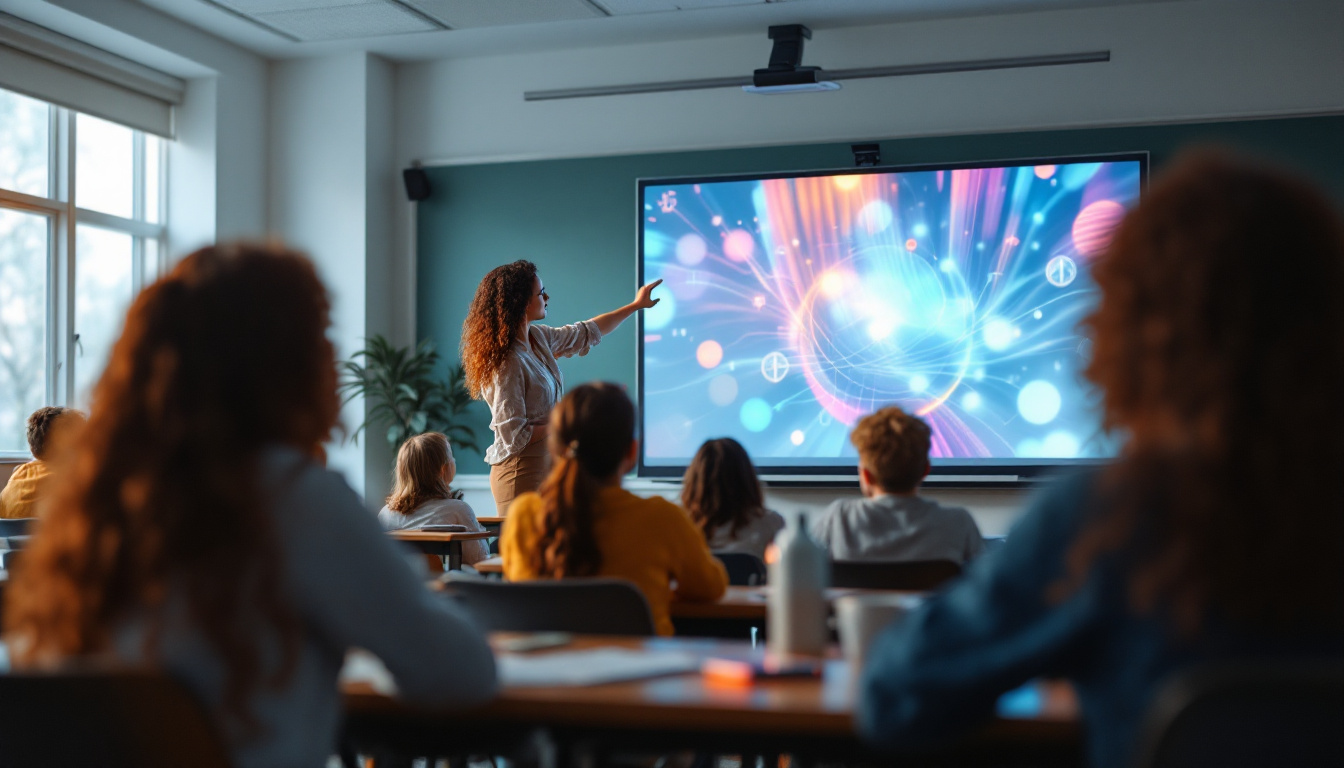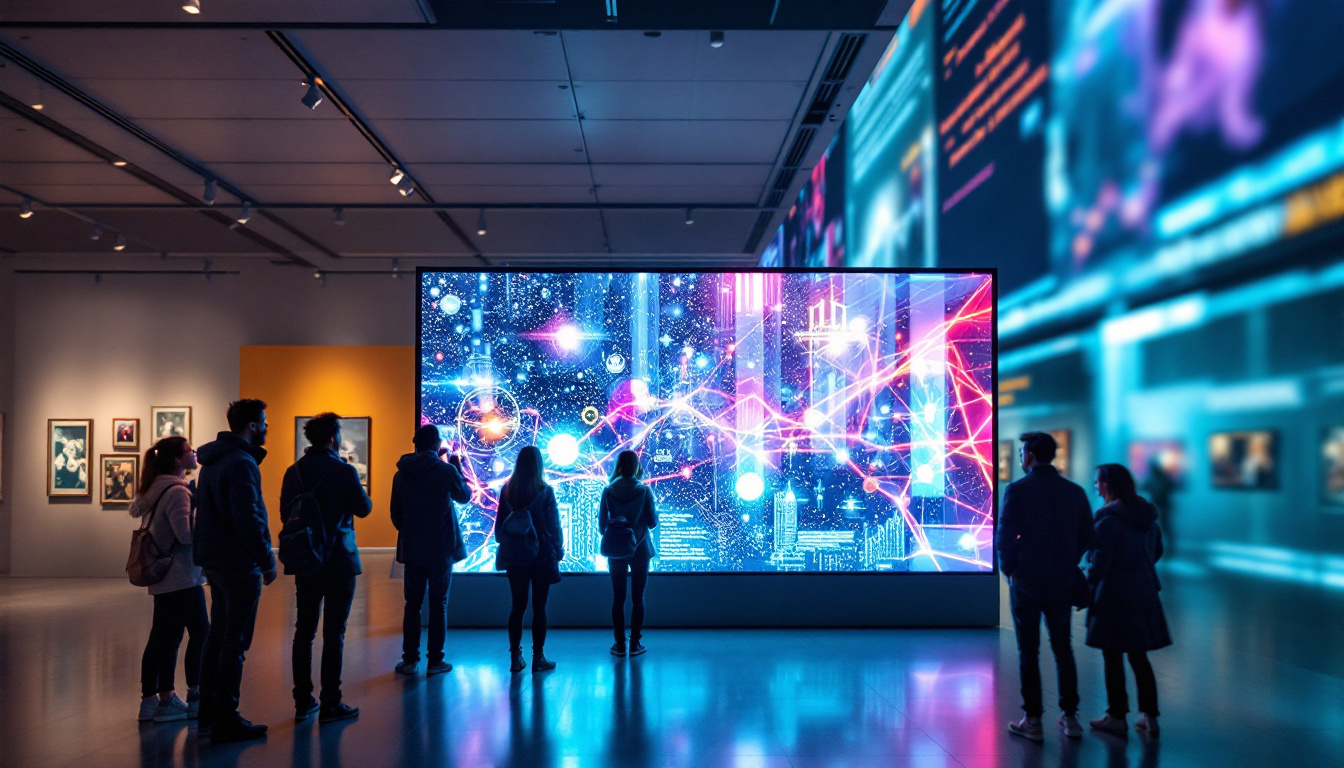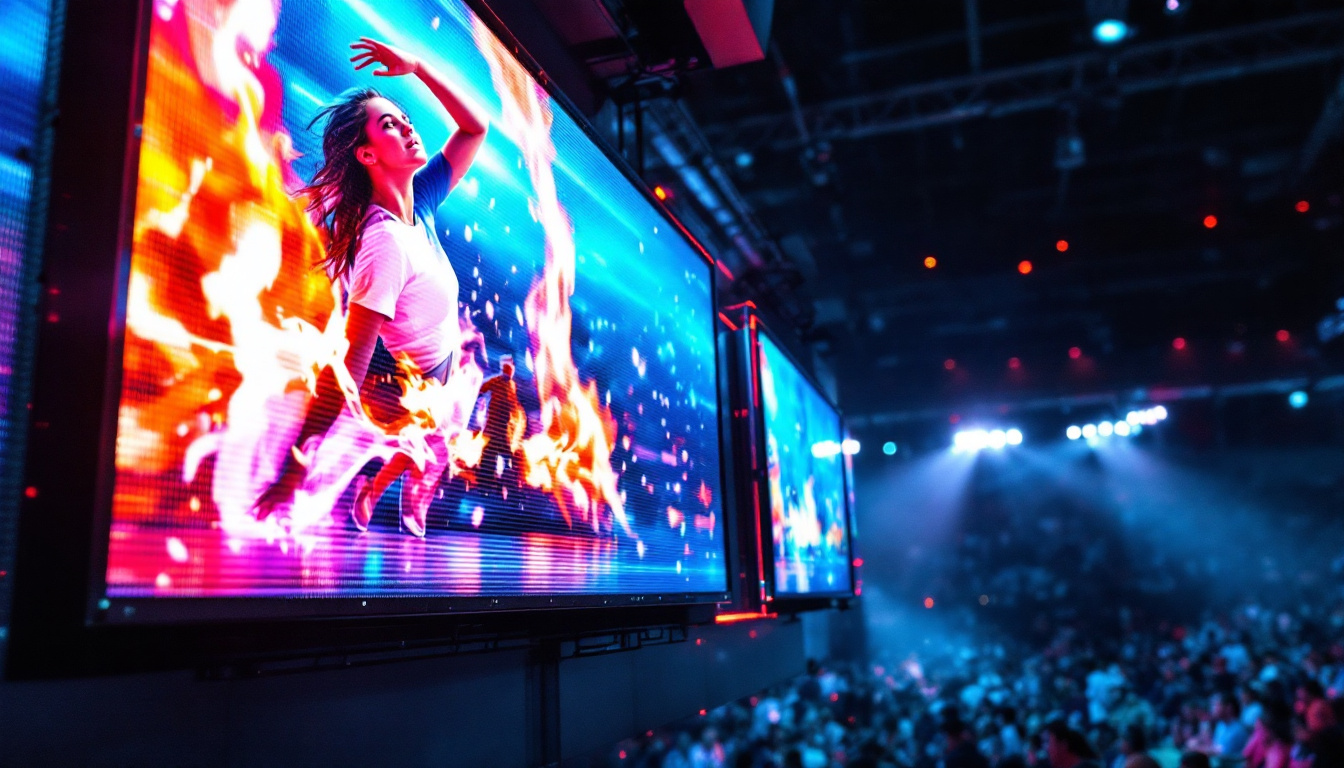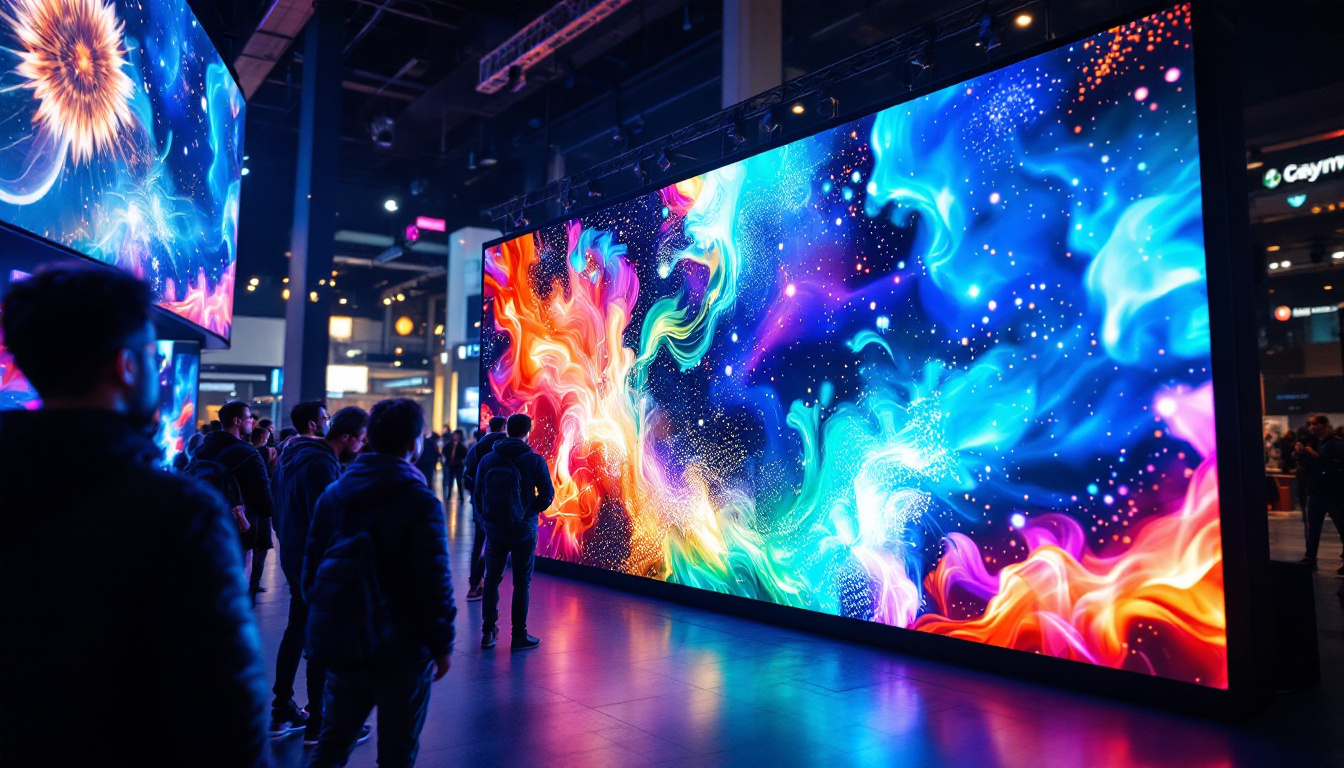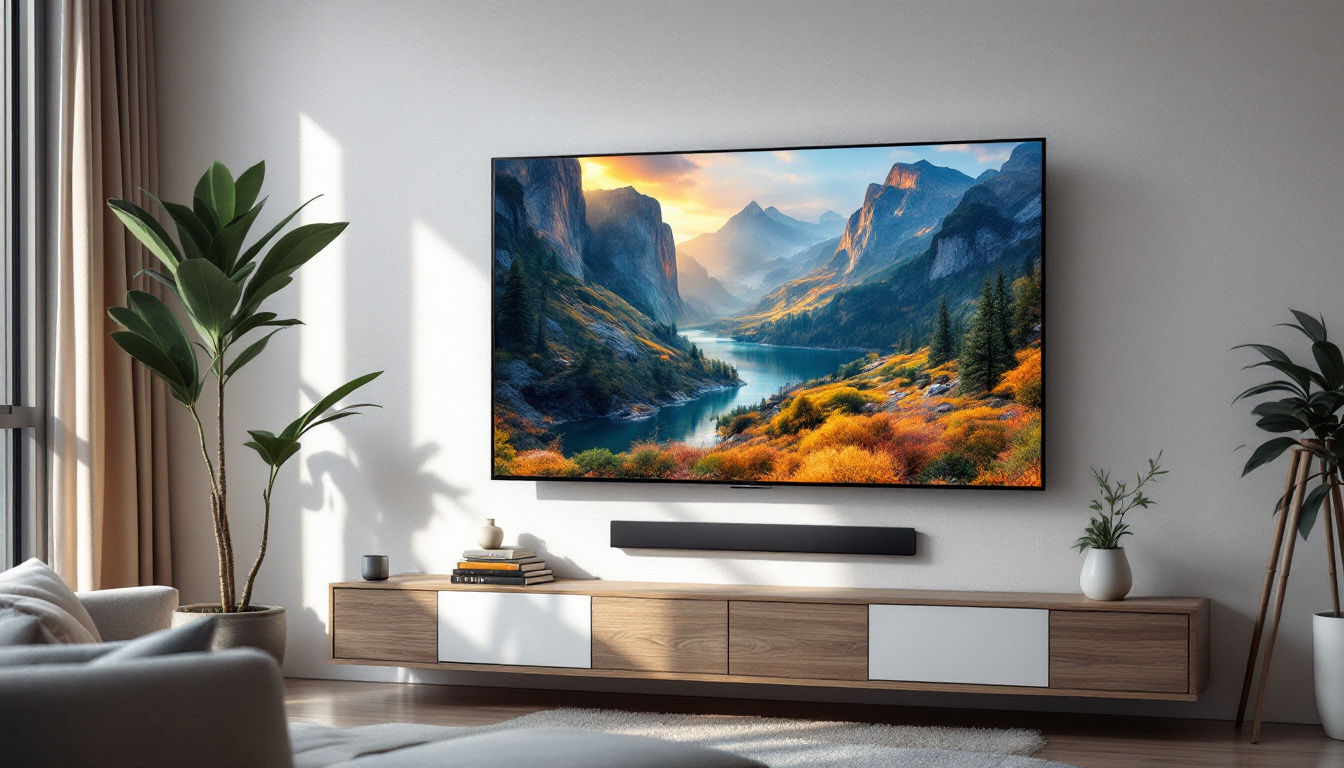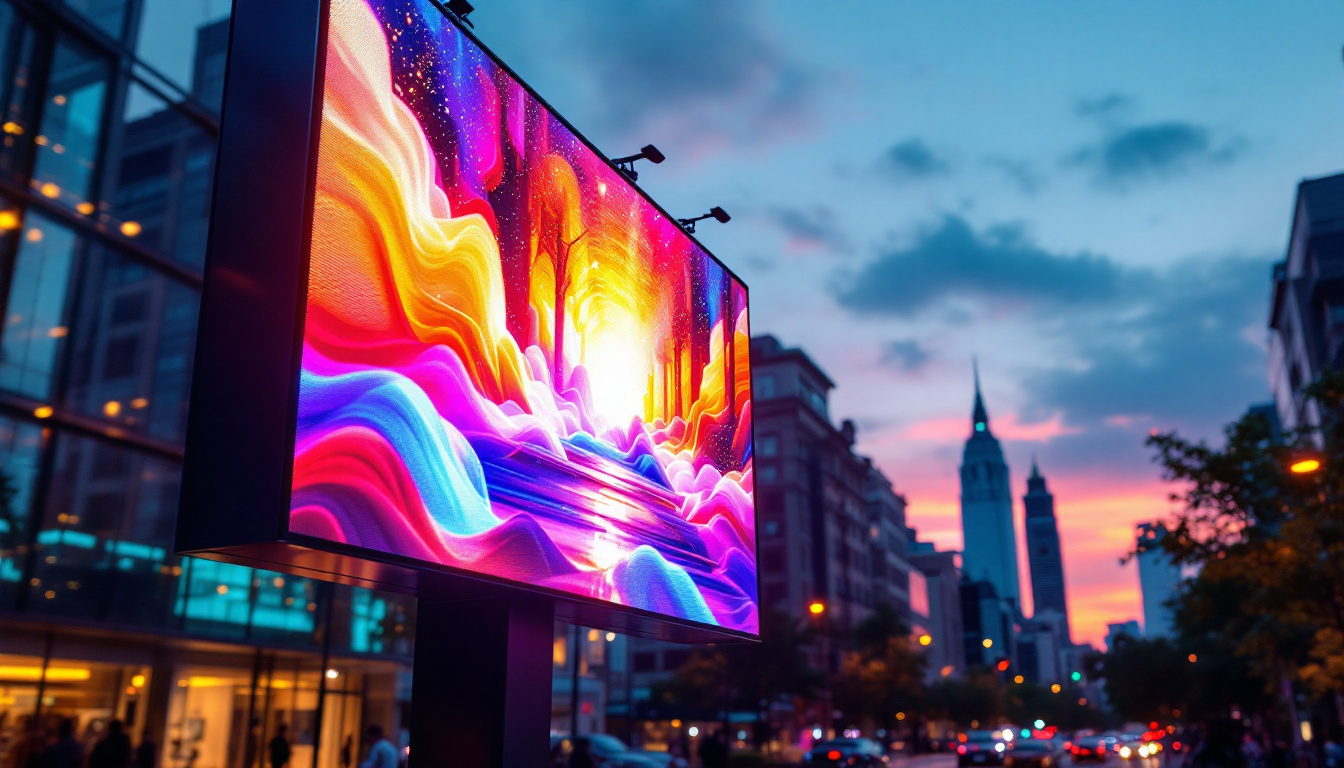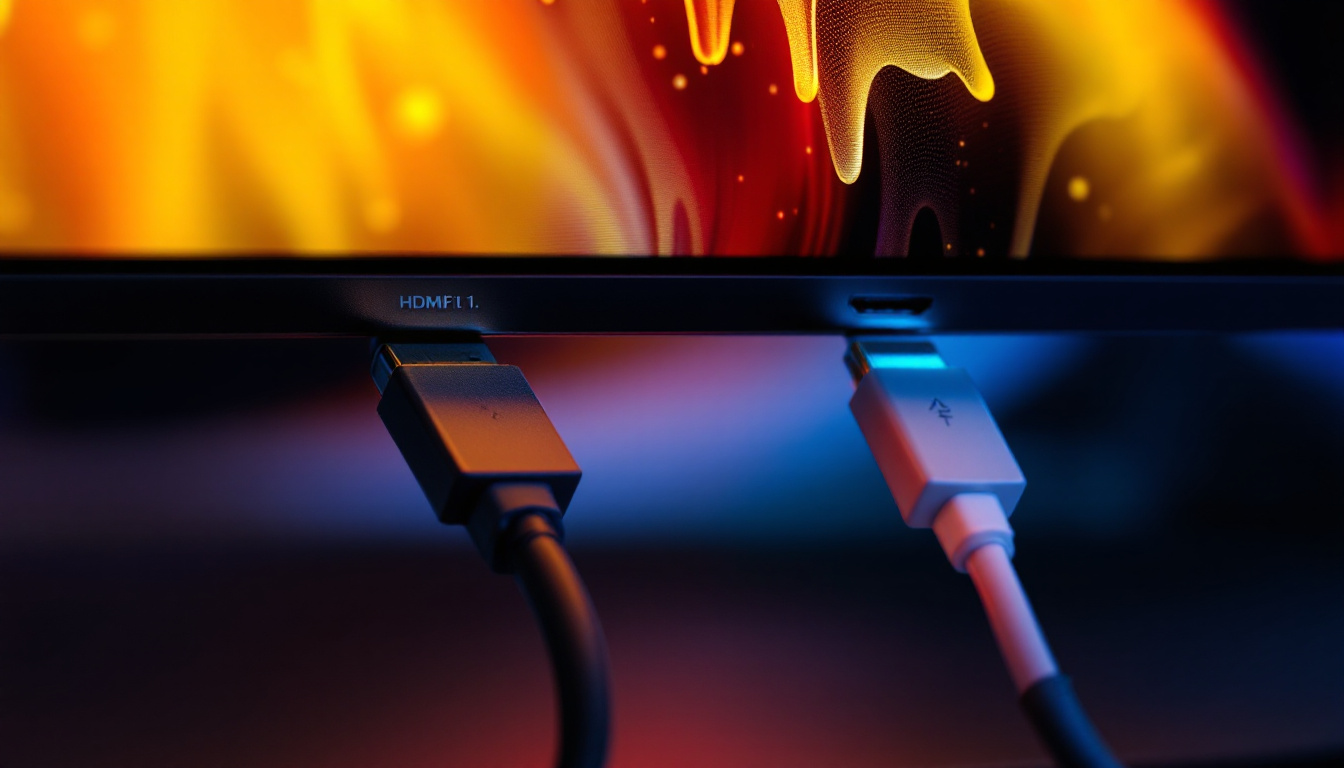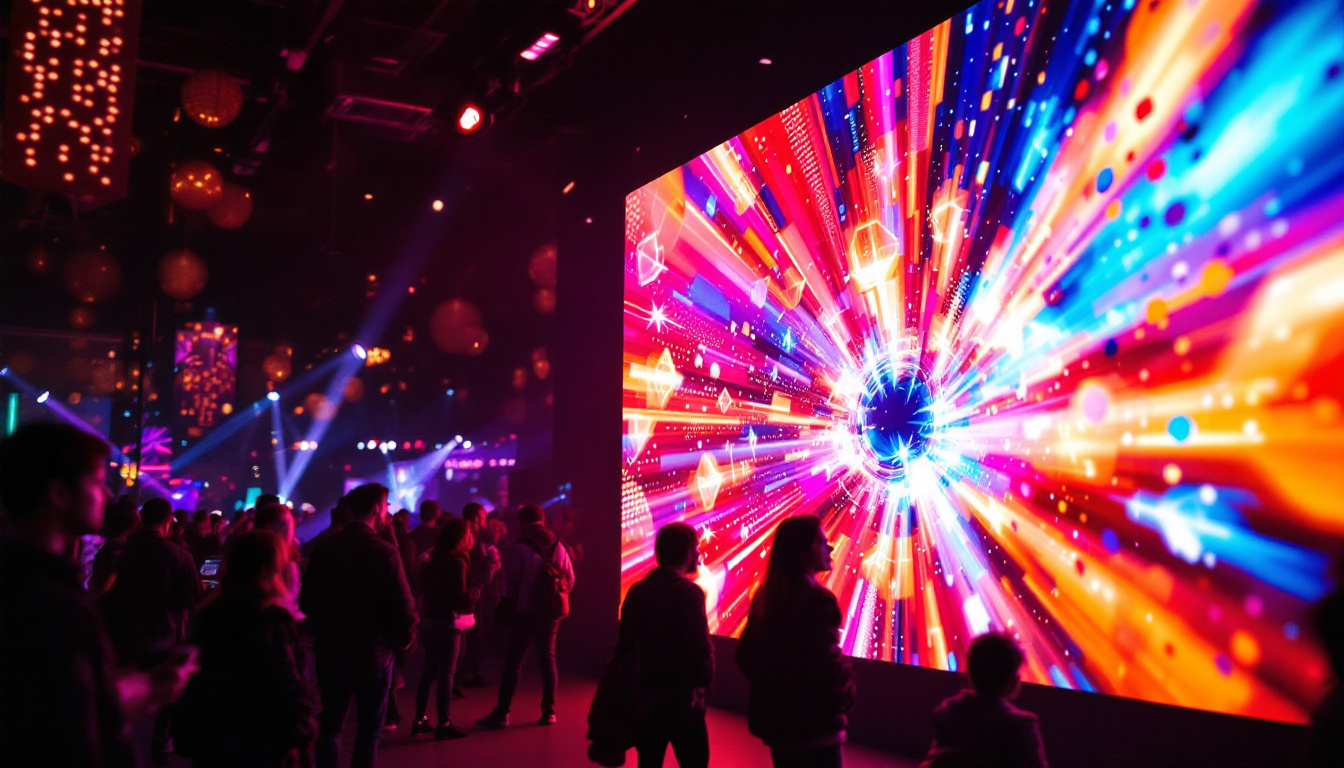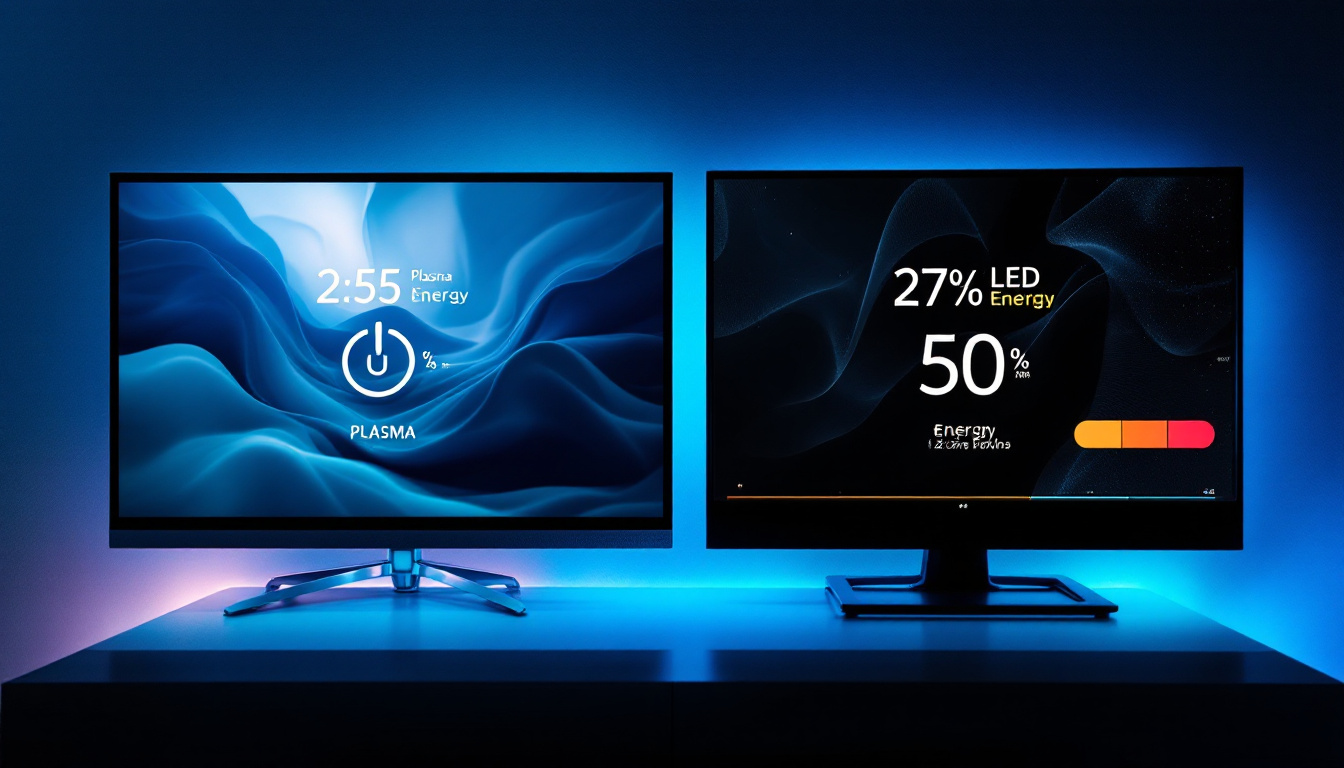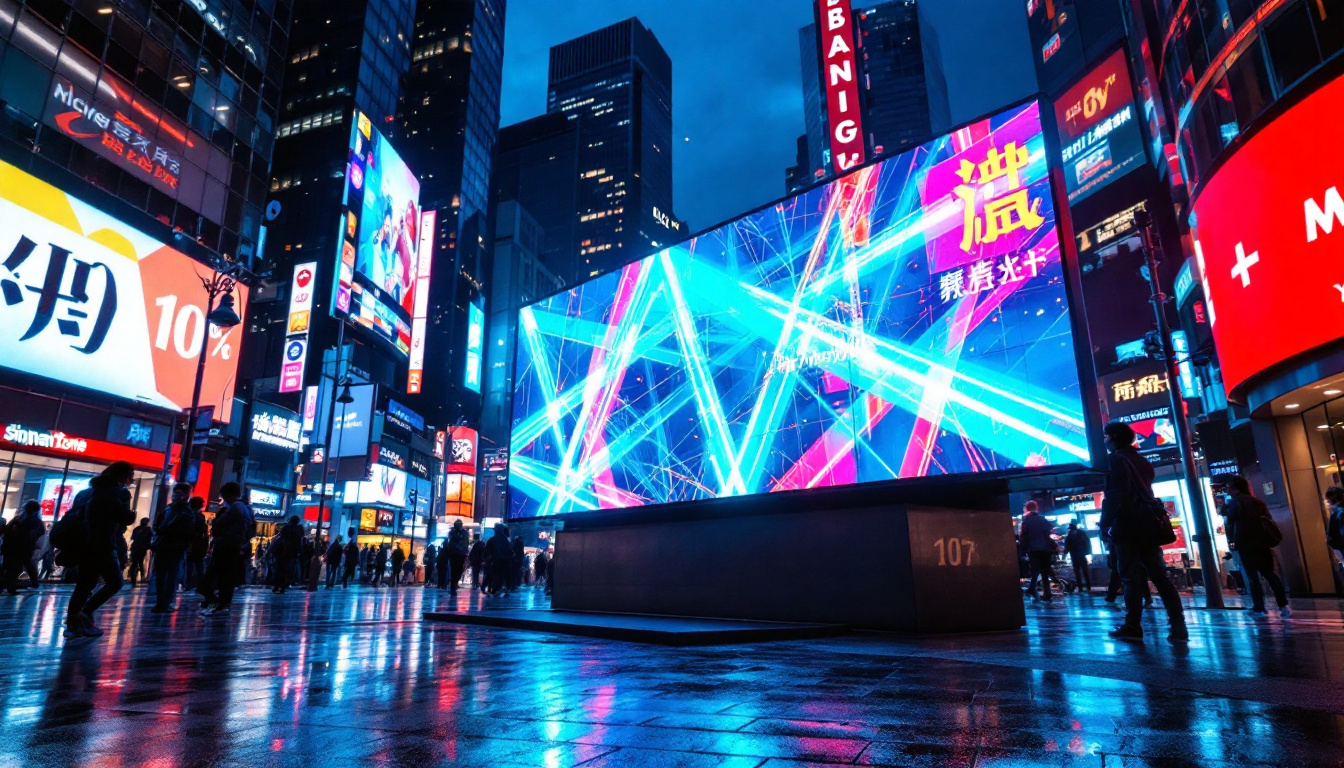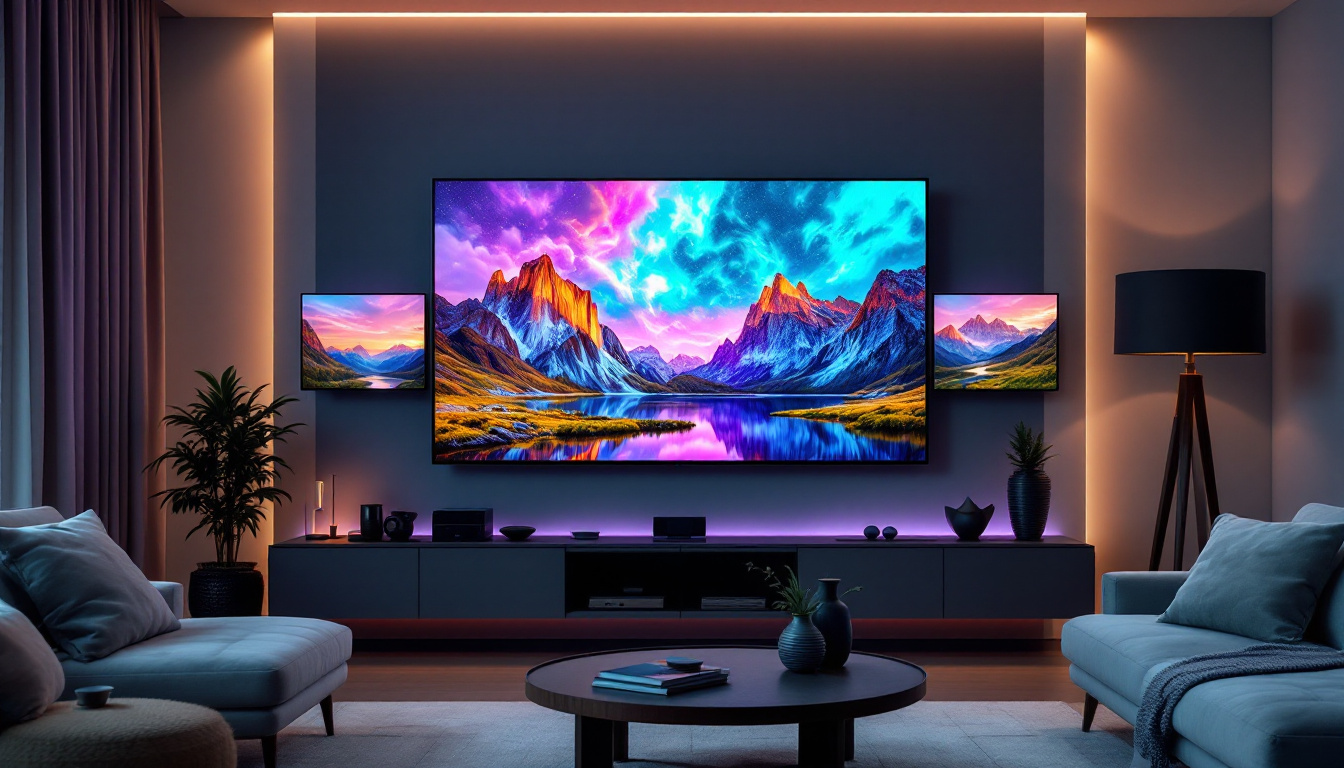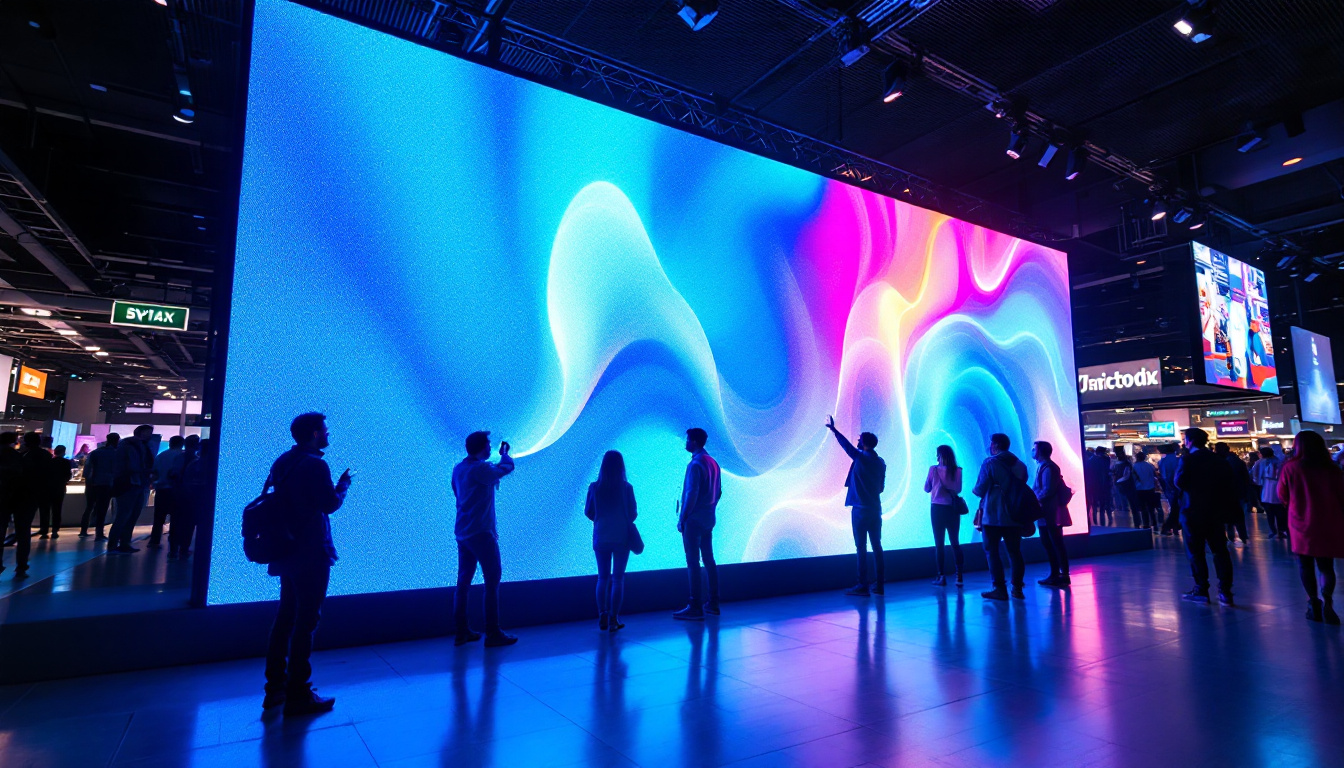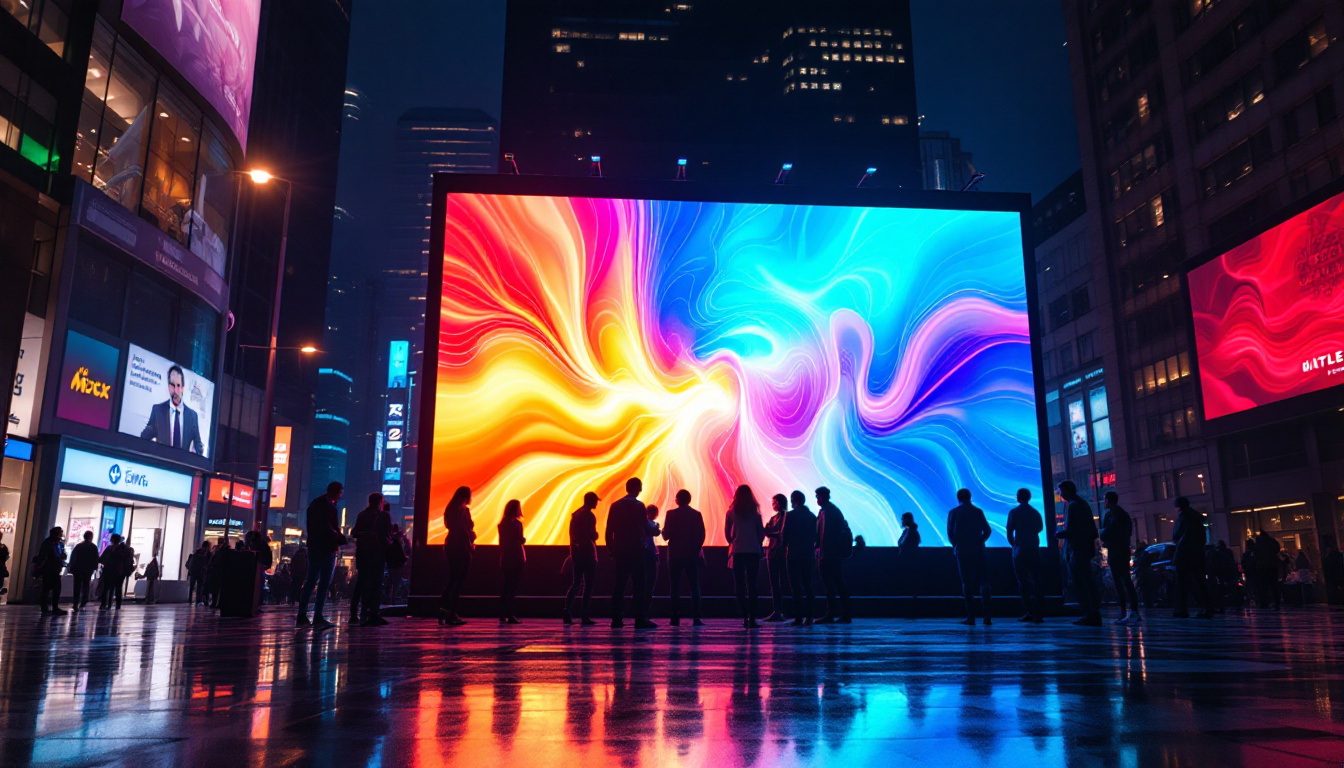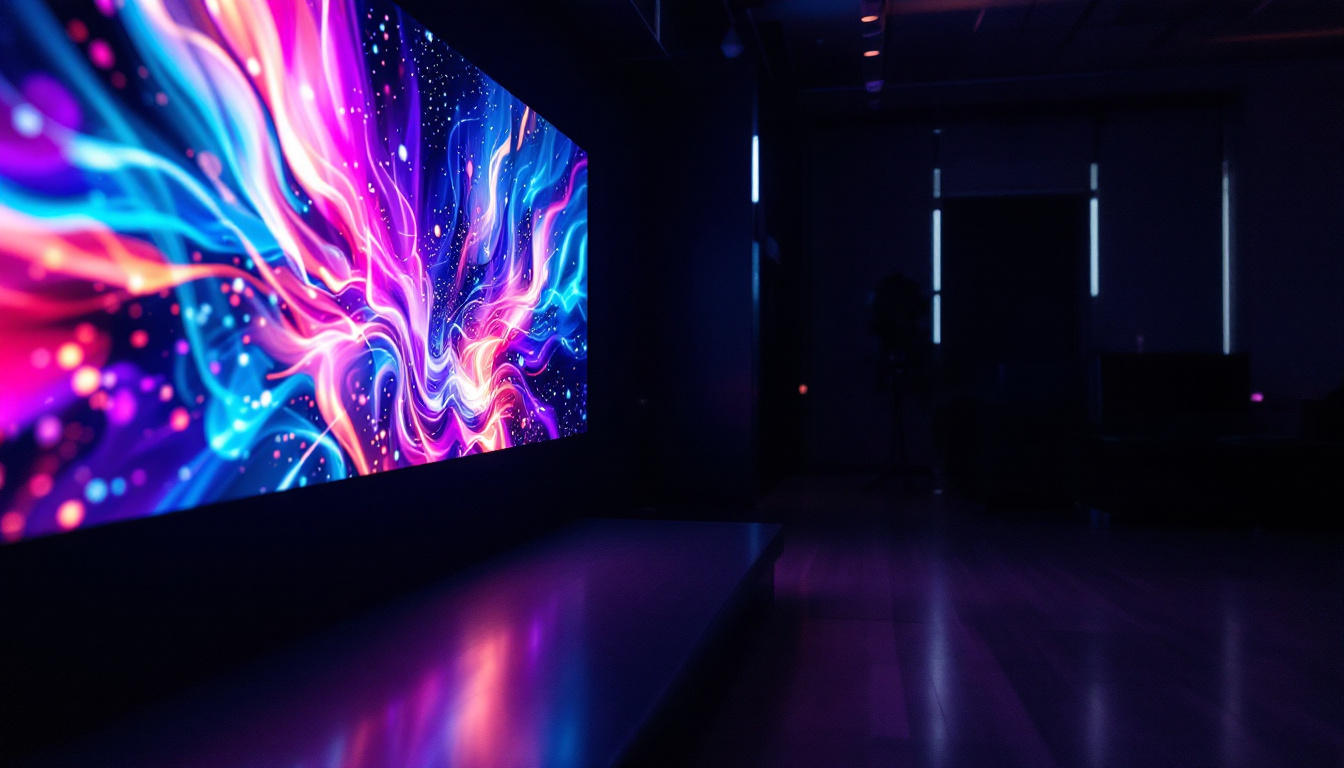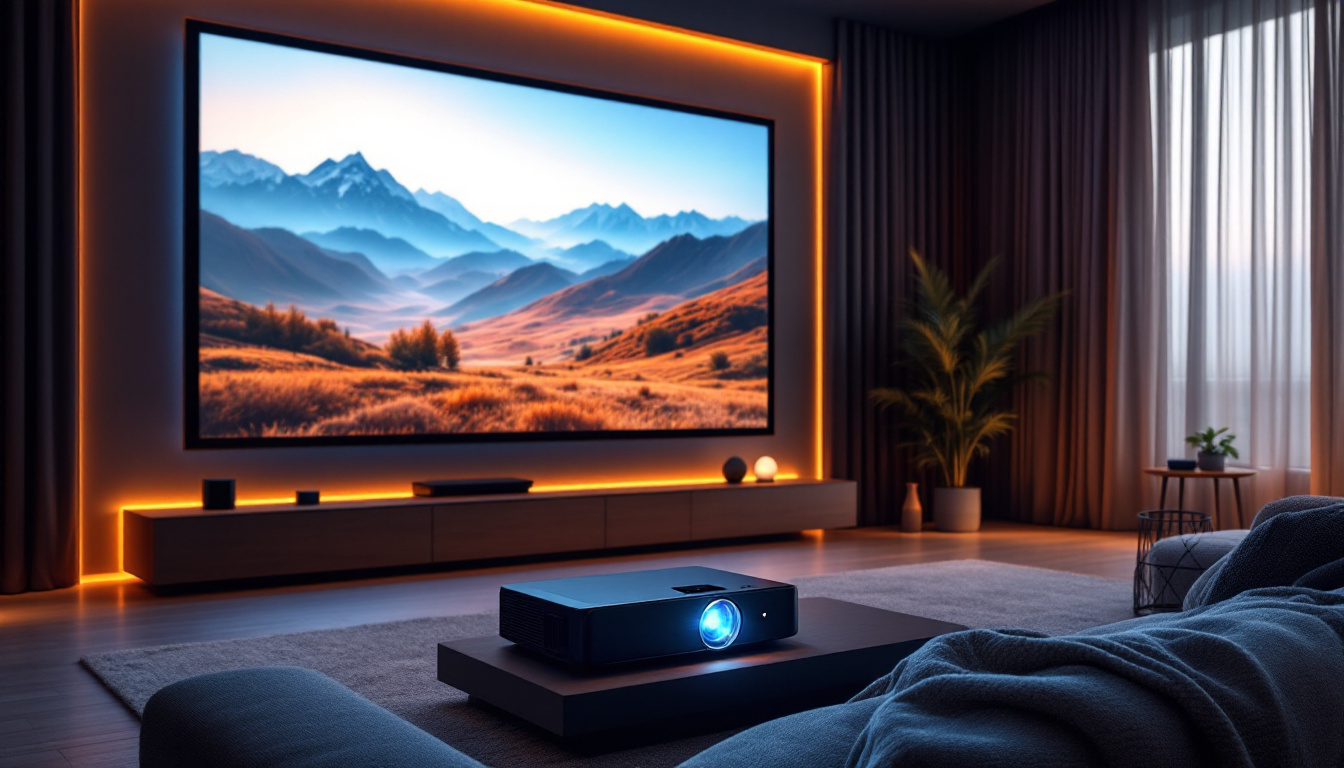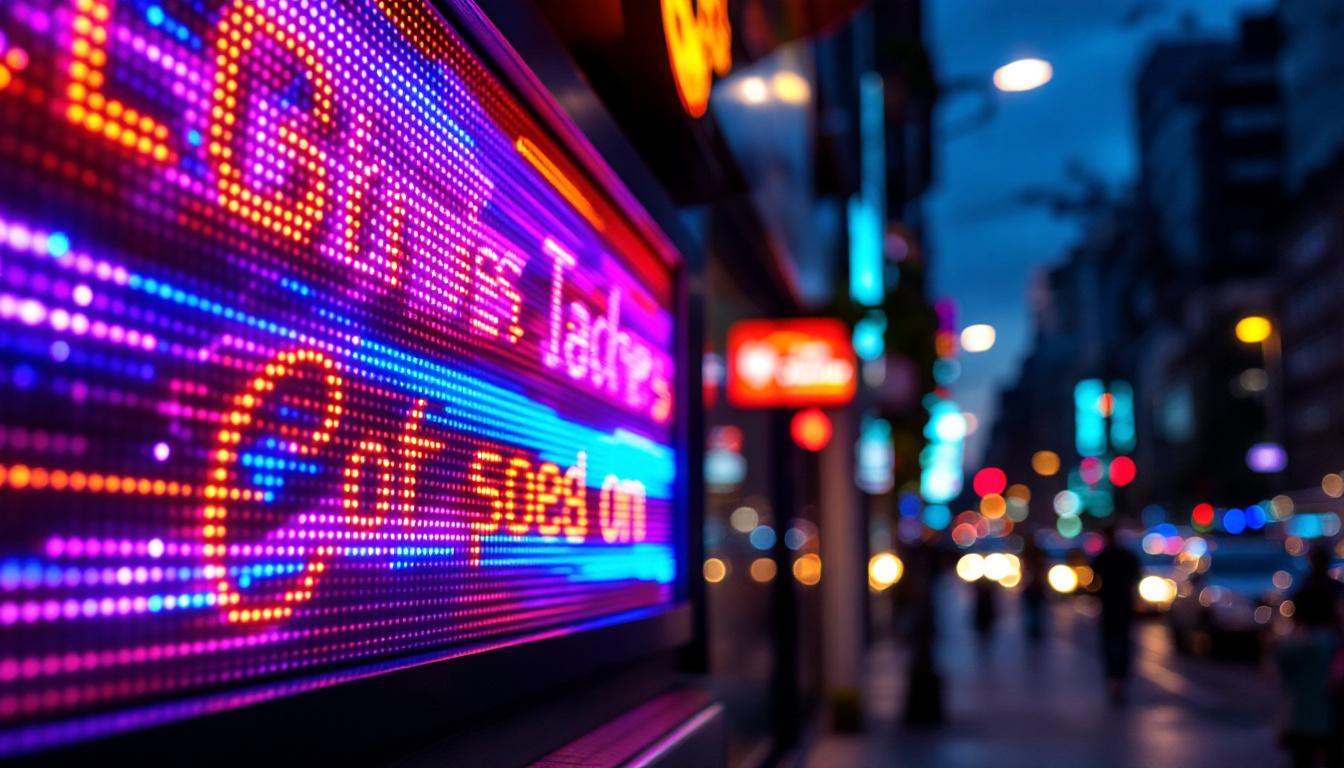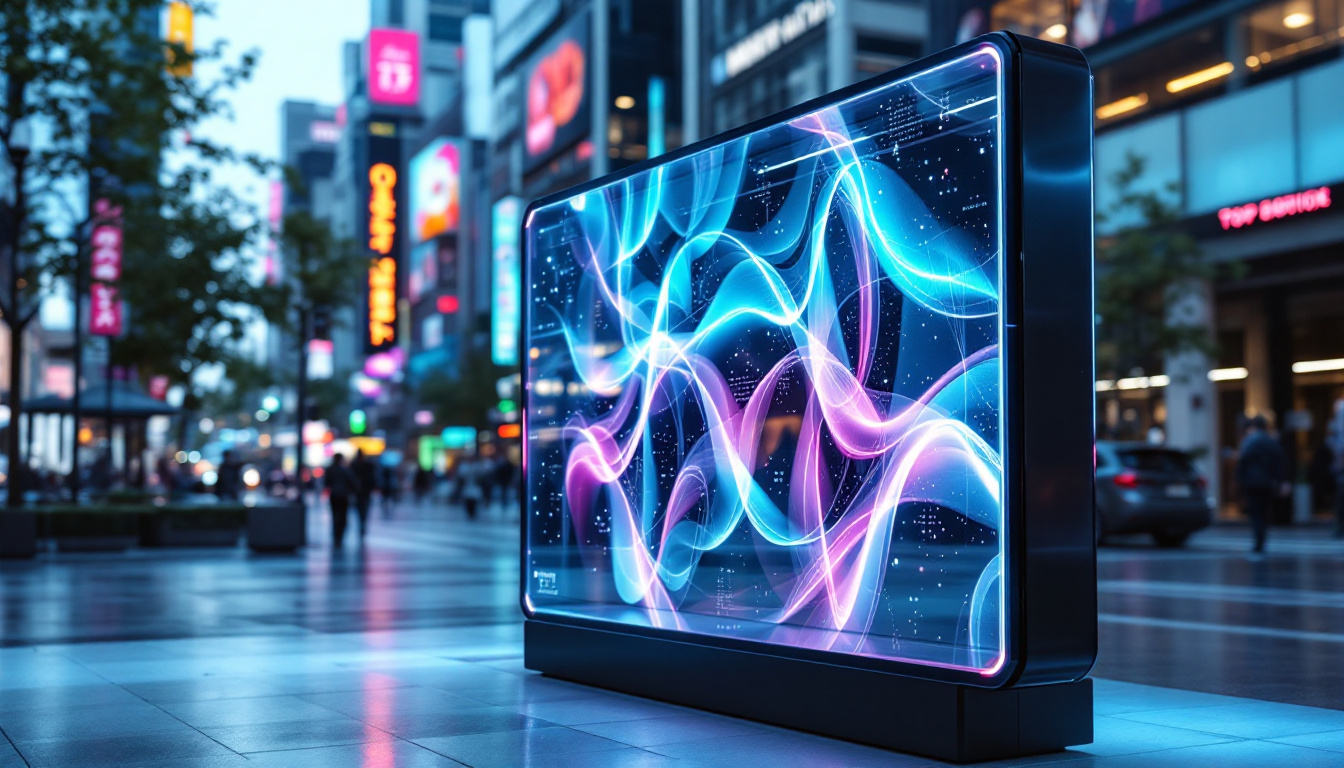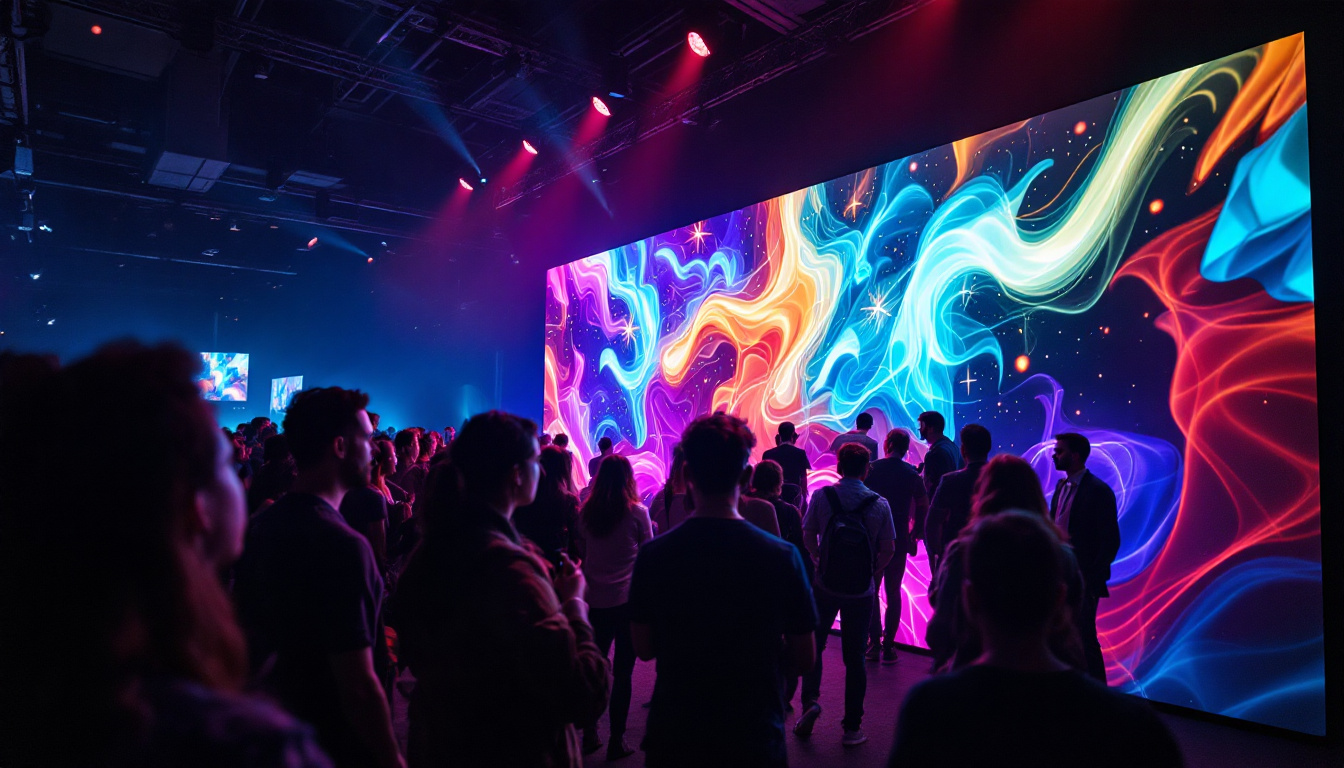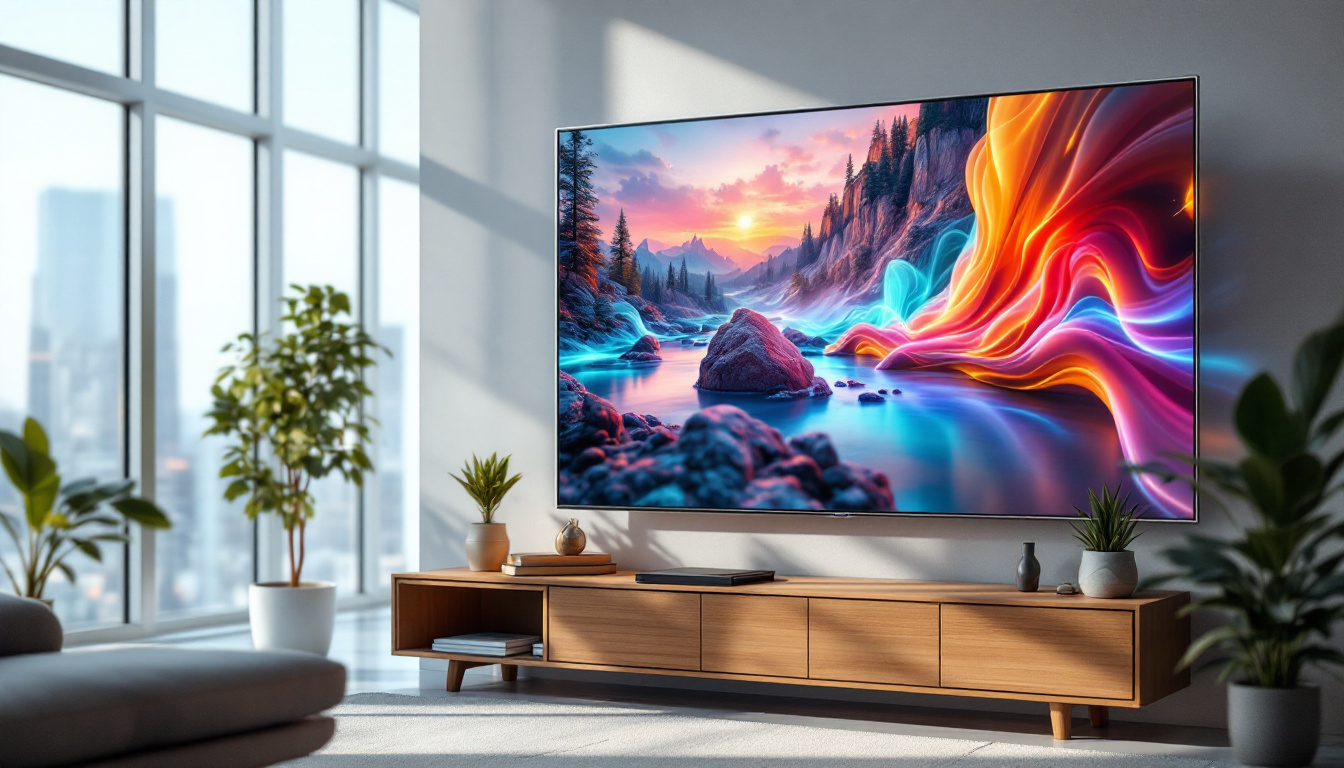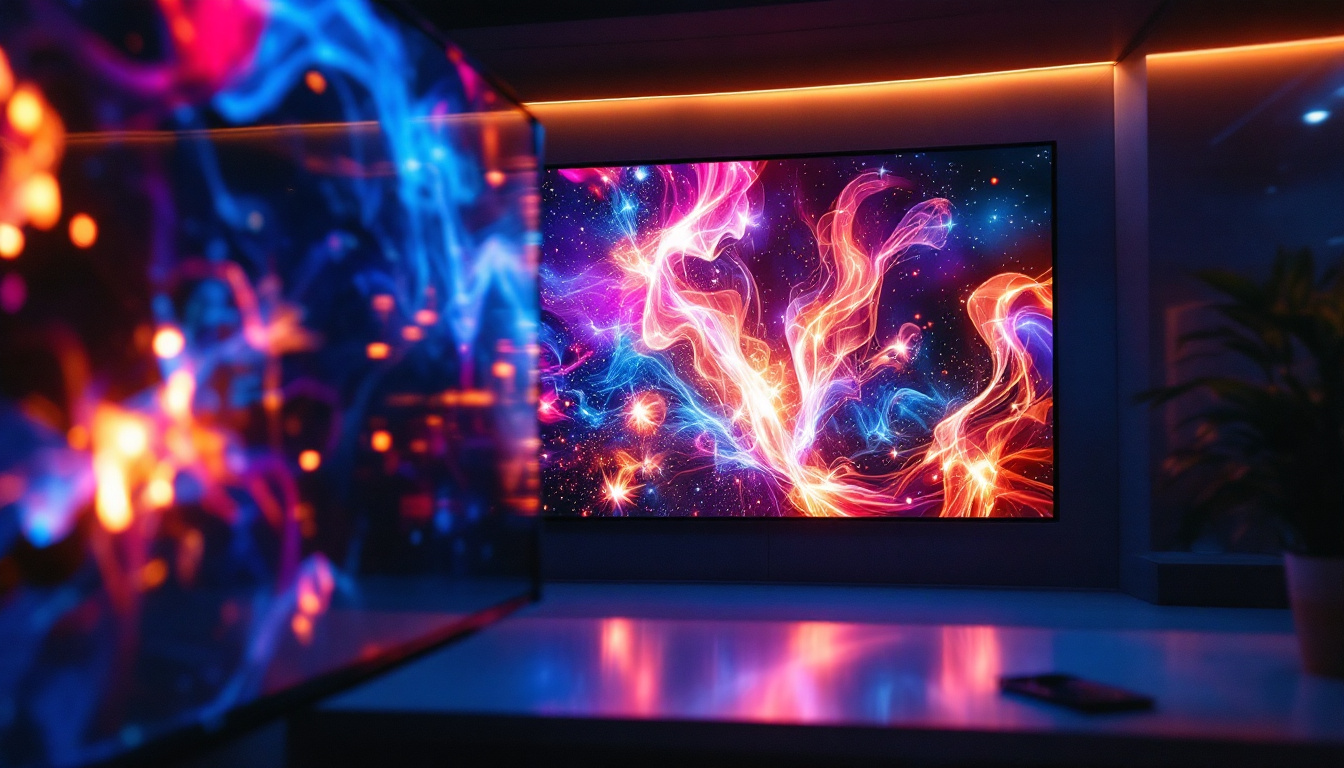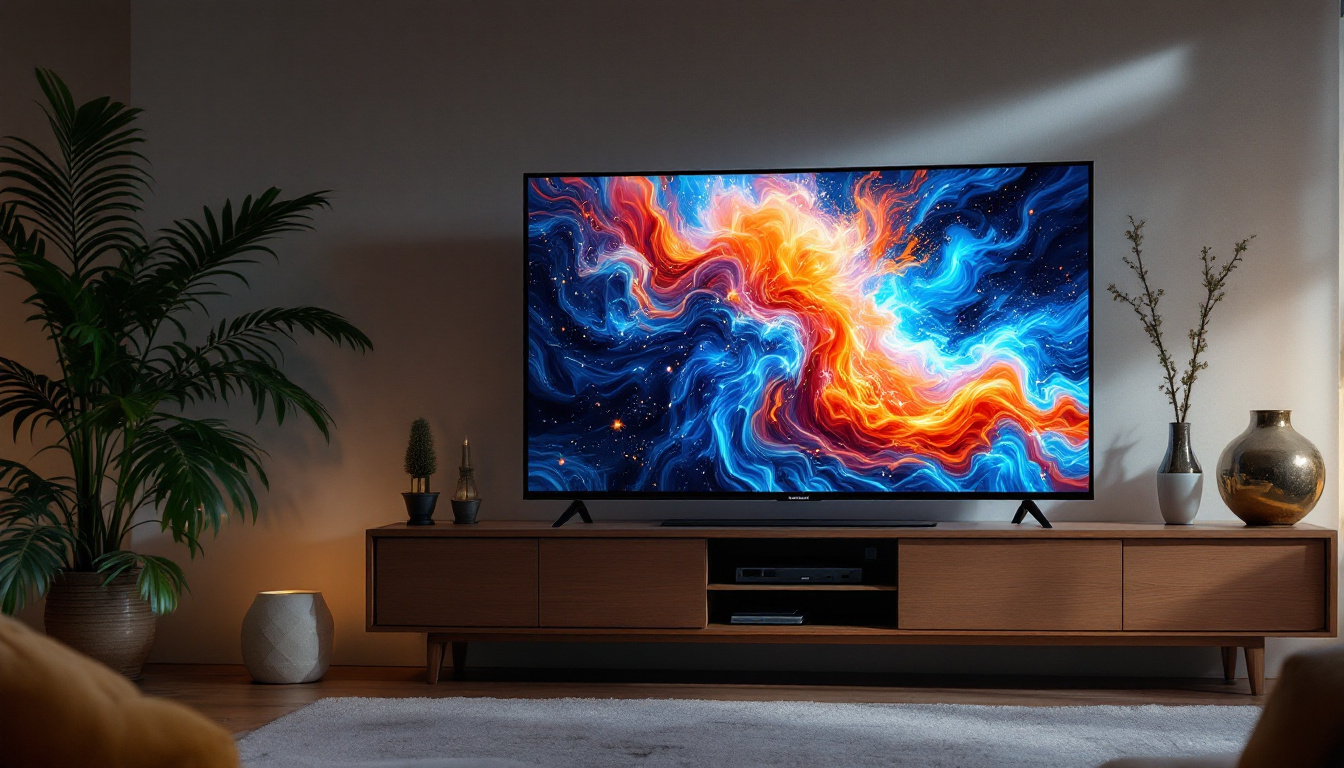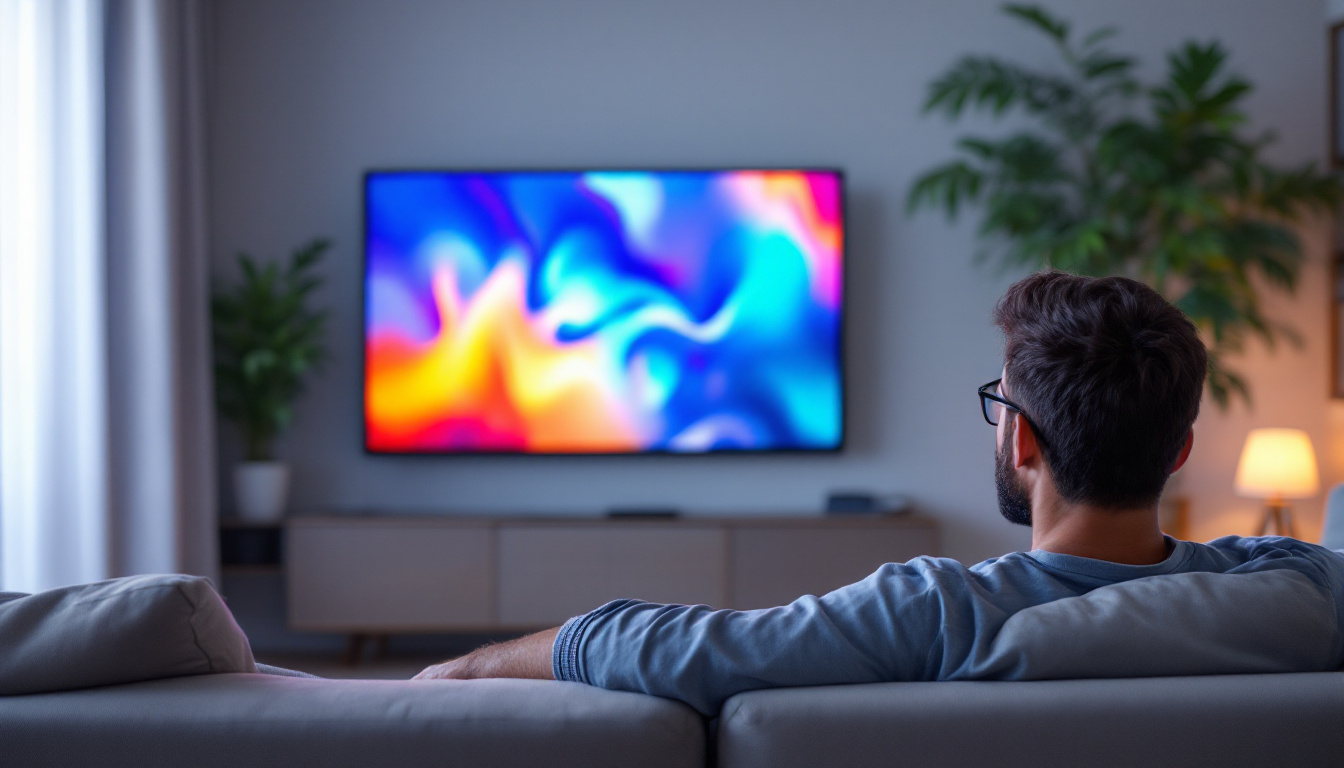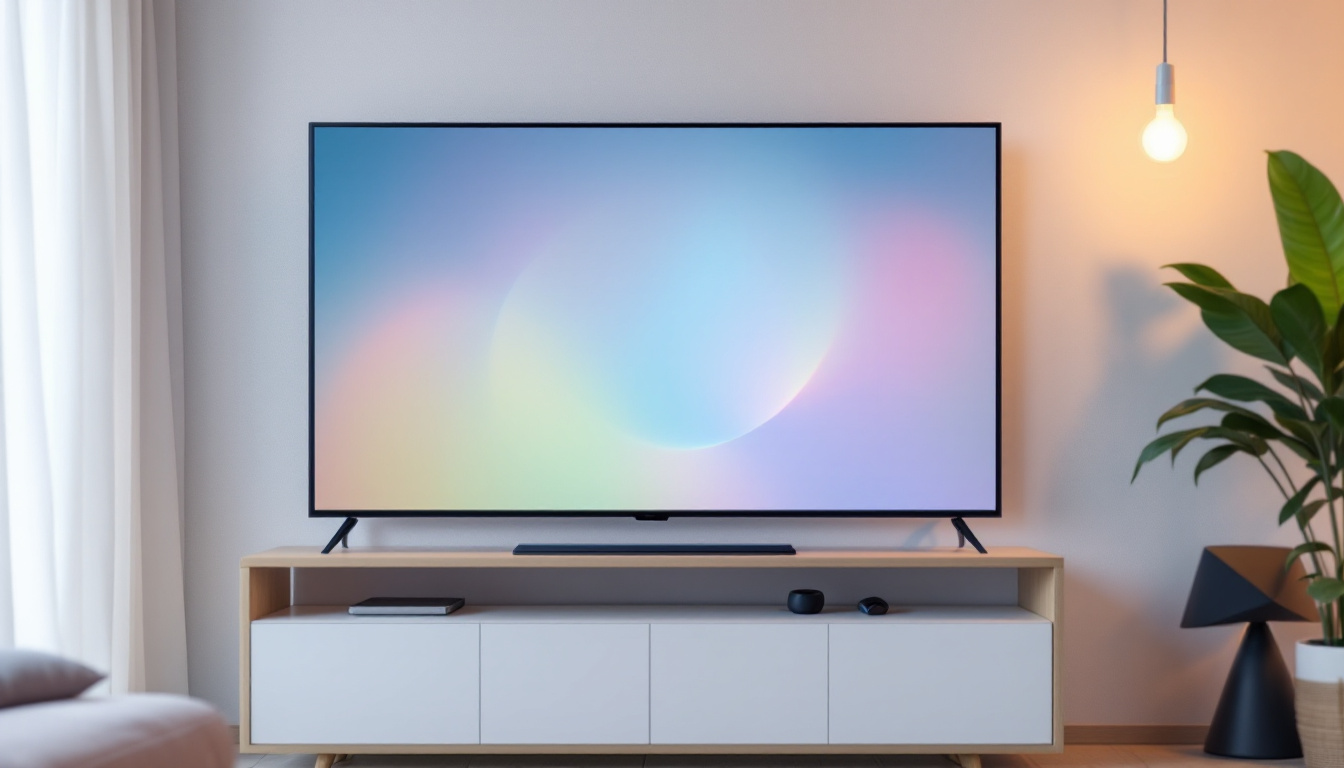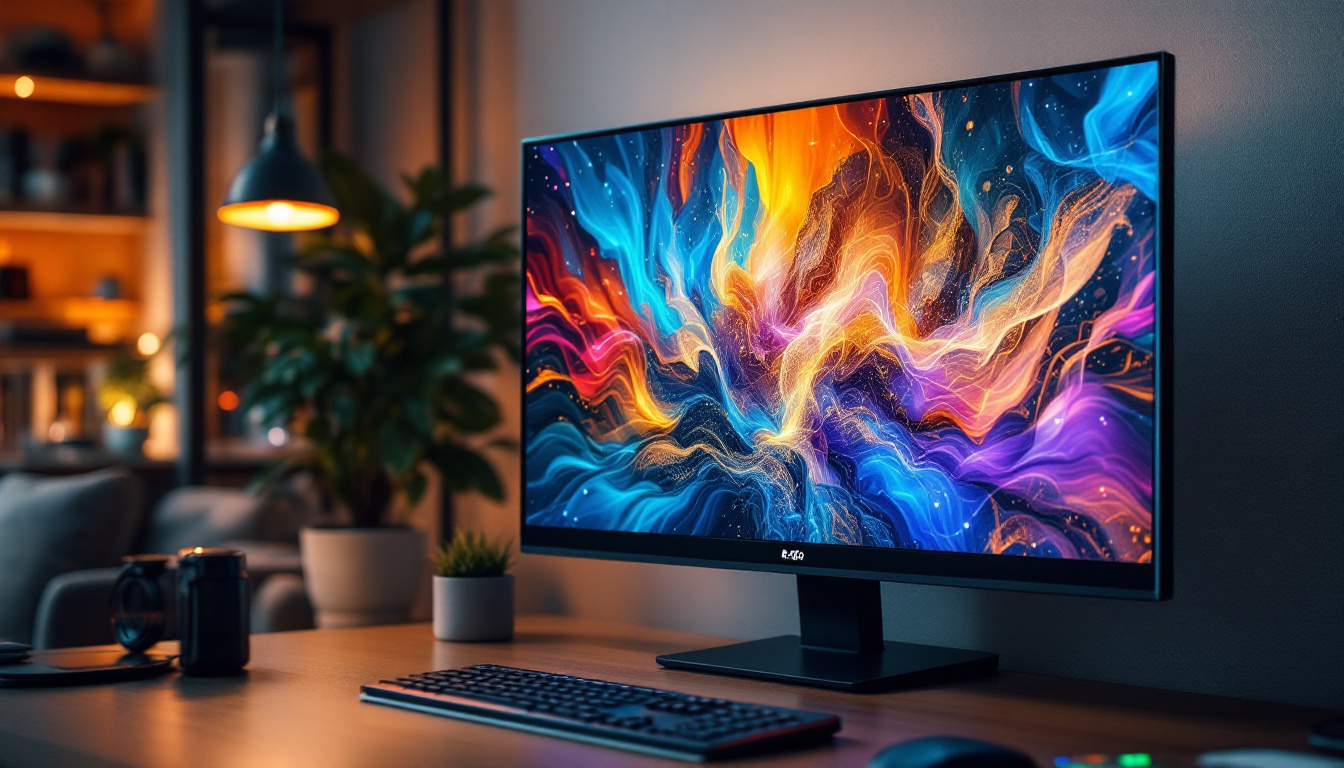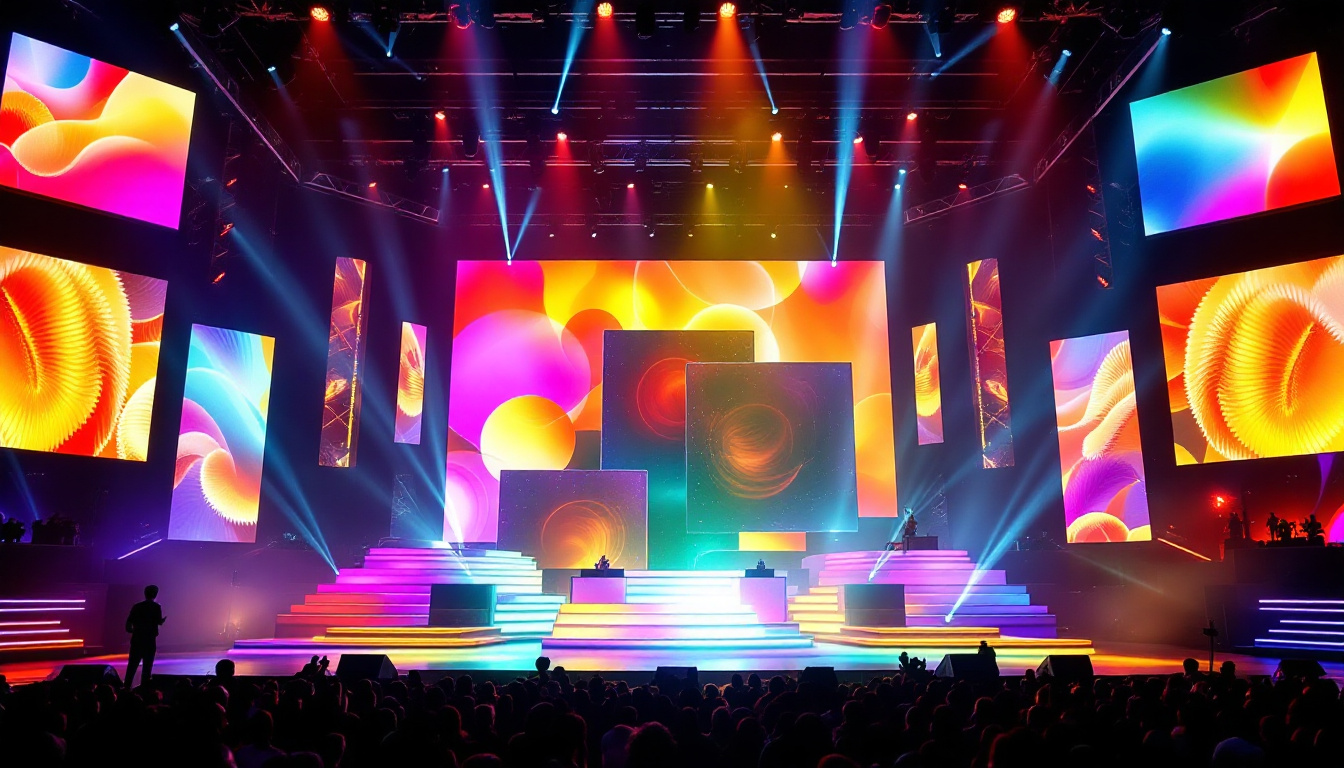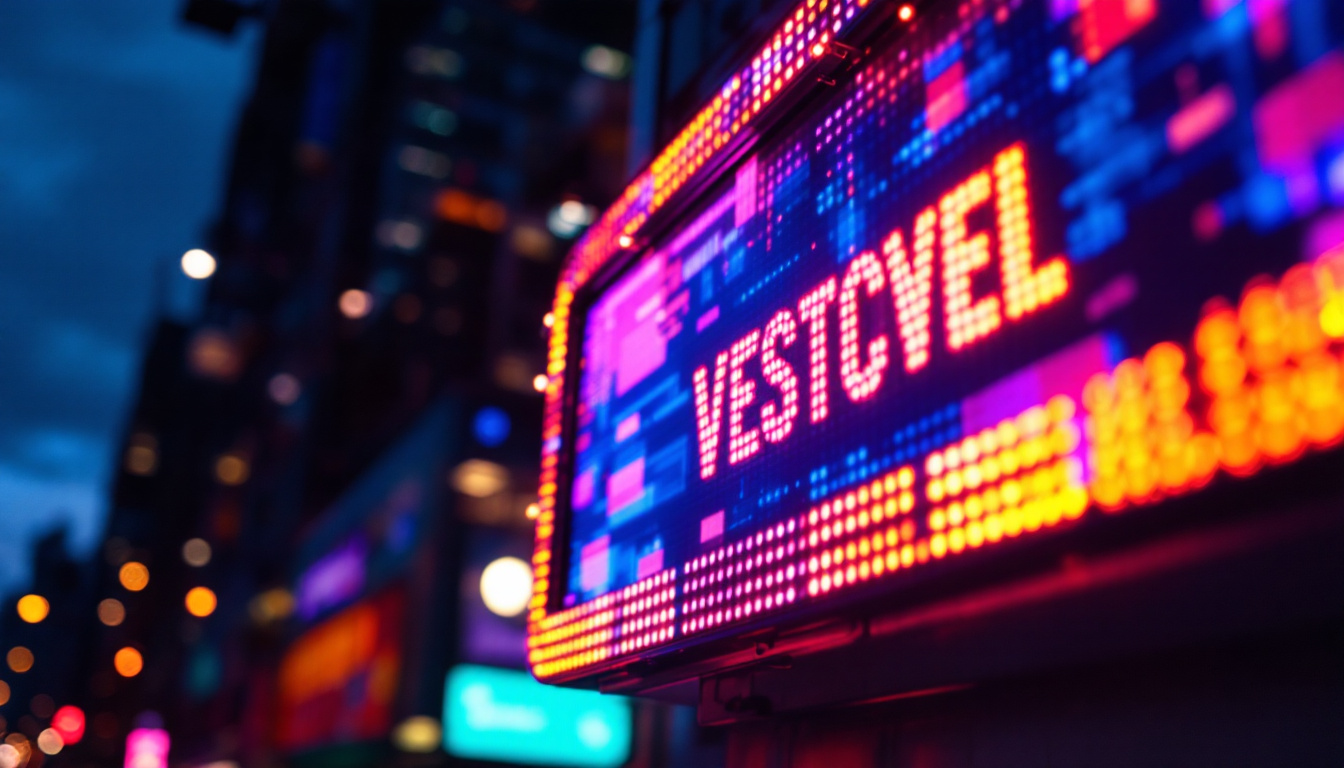In today’s digital age, the demand for high-quality visual displays has surged. One of the most innovative solutions that have emerged is the LED screen wall. These impressive structures are not just visually stunning; they also serve a multitude of purposes across various industries. This article delves into the intricacies of LED display technology, exploring its components, applications, and advantages.
Understanding LED Technology
LED, or Light Emitting Diode, technology has revolutionized the way images and videos are displayed. Unlike traditional display methods, LED screens utilize a series of tiny diodes that emit light when an electric current passes through them. This technology offers several benefits, making it a preferred choice for large-scale displays. With their energy efficiency, longer lifespan, and lower heat emission compared to incandescent bulbs, LEDs have become the go-to option for both commercial and residential applications. Furthermore, the ability to create dynamic and vibrant visuals has made LED technology a staple in modern advertising and entertainment.
How LED Displays Work
LED displays consist of multiple pixels, each made up of red, green, and blue (RGB) diodes. By adjusting the brightness of these diodes, a wide range of colors can be produced. The combination of these colors at varying intensities creates the images seen on the screen. The resolution of an LED display is determined by the number of pixels it contains, which directly impacts the clarity and detail of the visuals. For instance, a display with a higher pixel density can produce sharper images, which is particularly important for applications like digital signage and high-definition video playback.
In addition to the basic RGB configuration, advanced LED displays may incorporate technologies such as pixel pitch, which refers to the distance between the centers of two adjacent pixels. A smaller pixel pitch results in higher resolution and detail, making it ideal for close viewing distances. This technology is crucial in settings like control rooms or broadcast studios, where precision and clarity are paramount. Moreover, innovations in LED technology, such as the development of MicroLED and MiniLED, are pushing the boundaries of display capabilities, offering even finer pixel control and improved color accuracy.
Types of LED Displays
LED displays can be categorized into several types, each designed for specific applications. The most common types include:
- Indoor LED Displays: These are typically used in environments like shopping malls, conference rooms, and theaters. They offer high resolution and vibrant colors, making them suitable for close viewing. Indoor displays often feature advanced technologies such as high refresh rates, which are essential for smooth video playback and reducing motion blur during fast-moving scenes.
- Outdoor LED Displays: Built to withstand the elements, outdoor displays are often used for billboards, stadiums, and public events. They are designed for high brightness and durability. Many outdoor displays also incorporate weather-resistant features, such as protective coatings and robust enclosures, ensuring they can endure harsh weather conditions while maintaining optimal performance.
- Transparent LED Displays: These innovative displays allow for visibility through the screen, making them ideal for retail environments where product visibility is essential. They create an engaging shopping experience by allowing customers to see products behind the display while still showcasing dynamic advertisements. This technology is increasingly being adopted in modern architecture, where aesthetics and functionality intersect.
Applications of LED Screen Walls
LED screen walls have found applications across various sectors due to their versatility and effectiveness. From advertising to entertainment, the potential uses are vast.
Advertising and Marketing
One of the most significant applications of LED screen walls is in advertising. Brands leverage these displays to create eye-catching advertisements that can be seen from a distance. The dynamic nature of LED technology allows for video content, animations, and real-time updates, making advertisements more engaging.
Furthermore, the ability to change content quickly means that businesses can tailor their messages based on time of day, audience demographics, or even current events, maximizing the impact of their marketing efforts. This adaptability not only enhances brand visibility but also allows for targeted campaigns that resonate more deeply with specific consumer segments, driving higher engagement rates and conversions.
Entertainment and Events
In the entertainment industry, LED screen walls are a staple at concerts, festivals, and sporting events. They enhance the visual experience by providing vibrant backdrops and immersive environments. The flexibility of LED technology allows for creative stage designs and interactive displays that captivate audiences.
Moreover, during live events, these screens can be used to display real-time information, such as scores, social media feeds, or audience interactions, further enriching the experience for attendees. Beyond just visual enhancement, LED walls can also be synchronized with lighting and sound systems to create a cohesive atmosphere that elevates the overall event experience, making it memorable for all participants.
Corporate and Educational Use
LED screen walls are increasingly being adopted in corporate settings for presentations, meetings, and training sessions. Their high resolution and brightness ensure that information is easily visible to all attendees, regardless of the room size.
In educational institutions, LED displays facilitate interactive learning experiences. They can be used to showcase multimedia content, engage students with visual aids, and even enable remote learning through video conferencing. Additionally, these screens can support collaborative projects by allowing multiple users to share their screens simultaneously, fostering a more dynamic and participatory learning environment. This integration of technology not only enhances comprehension but also prepares students for a digital future, where such tools are commonplace in professional settings.
Advantages of LED Screen Walls
The popularity of LED screen walls can be attributed to the numerous advantages they offer over traditional display technologies. Understanding these benefits can help businesses and organizations make informed decisions about their visual display needs.
High Brightness and Visibility
One of the standout features of LED displays is their high brightness levels. This makes them visible even in direct sunlight, which is particularly beneficial for outdoor applications. The ability to maintain clarity and vibrancy in various lighting conditions ensures that messages are communicated effectively.
Energy Efficiency
LED technology is inherently energy-efficient compared to traditional display options. LED screens consume less power while providing superior brightness and color accuracy. This not only reduces energy costs but also contributes to a smaller carbon footprint, making them an environmentally friendly choice.
Longevity and Durability
LED displays are known for their longevity. With proper maintenance, they can last for several years, significantly reducing replacement costs. Their robust construction also makes them resistant to shocks, vibrations, and weather conditions, particularly in outdoor settings.
Challenges and Considerations
While LED screen walls offer numerous advantages, there are also challenges and considerations that potential users should be aware of. Understanding these factors can help in making the best choice for specific needs.
Initial Investment
One of the primary challenges associated with LED screen walls is the initial investment cost. High-quality LED displays can be expensive, and organizations need to evaluate their budget and expected return on investment. However, it is essential to consider the long-term savings in energy and maintenance costs, which can offset the initial expenditure.
Technical Expertise
Setting up and maintaining LED screen walls requires a certain level of technical expertise. Organizations may need to invest in training staff or hiring professionals to ensure that the displays are installed correctly and function optimally. This can add to the overall cost and complexity of implementation.
Content Management
To maximize the effectiveness of LED screen walls, organizations must have a robust content management strategy. This includes creating engaging content, scheduling updates, and ensuring that the information displayed is relevant and timely. Without a well-planned content strategy, the potential of LED displays may not be fully realized.
Future Trends in LED Display Technology
The LED display industry is continuously evolving, with new technologies and trends emerging that promise to enhance the capabilities of screen walls. Staying informed about these developments can help organizations remain competitive and make the most of their investments.
Advancements in Resolution
As technology advances, the resolution of LED displays is expected to improve significantly. Ultra-high-definition (UHD) and even 8K displays are becoming more accessible, allowing for incredibly detailed visuals. This trend is particularly important for applications where clarity and detail are paramount, such as in medical imaging or high-end advertising.
Integration with Augmented and Virtual Reality
The integration of LED displays with augmented reality (AR) and virtual reality (VR) technologies is set to transform the way audiences interact with visual content. By combining LED screens with AR and VR, organizations can create immersive experiences that engage users on a deeper level, opening up new possibilities for entertainment, education, and marketing.
Smart Technology and IoT Integration
As the Internet of Things (IoT) continues to grow, LED displays are likely to become smarter and more interconnected. This could lead to the development of displays that can adapt to their environment, optimize energy usage, and provide real-time analytics on viewer engagement. Such advancements will enhance the functionality and effectiveness of LED screen walls in various applications.
Conclusion
LED screen walls represent a cutting-edge solution for visual display needs across diverse industries. Their ability to deliver high-quality images, coupled with their versatility and durability, makes them an attractive choice for advertising, entertainment, corporate, and educational applications.
While there are challenges associated with their implementation, the benefits often outweigh the drawbacks. As technology continues to evolve, the future of LED displays looks promising, with advancements that will further enhance their capabilities and applications.
For organizations considering the adoption of LED screen walls, understanding the technology, its applications, and the potential future trends is crucial. By doing so, they can make informed decisions that will lead to successful visual communication strategies and ultimately, a more engaging experience for their audiences.
Discover LumenMatrix LED Display Solutions
Ready to elevate your visual display capabilities? Explore LumenMatrix’s comprehensive range of LED display solutions, crafted to meet the diverse needs of any industry. From vibrant Indoor LED Wall Displays to robust Outdoor LED Wall Displays, and from dynamic LED Sports Displays to innovative LED Transparent Displays, LumenMatrix is at the forefront of creating immersive experiences that captivate and engage. Embrace the future of visual communication with our cutting-edge technology. Check out LumenMatrix LED Display Solutions today and transform your space into a visual spectacle.

